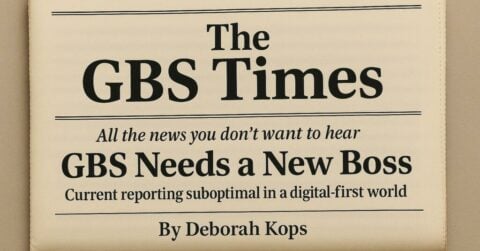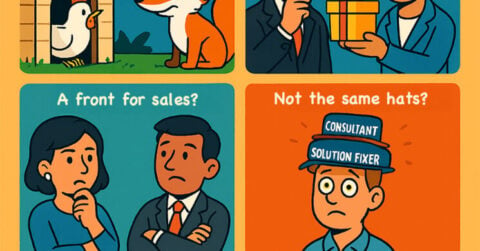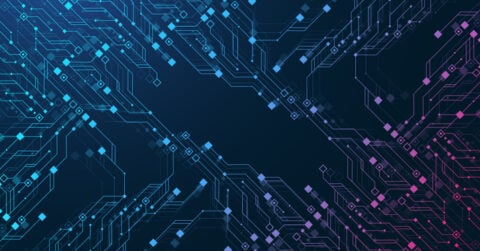
The “technology disruption” euphoria is everywhere. Though cynics say the technology industry comes up with something every five years and something big every ten, this time it could be different. Not everyone, however, buys the concept of dramatic disruptive change and supports “incremental innovation.”
The incremental innovation supporters say that many things “appear” similar to what they were ages back. But, when you peel back the onion, you see lots of changes…think today’s cars, compared to those in Henry Ford’s time. Their take is that because incremental innovation doesn’t grab headlines, it’s considered boring. On the flip side, supporters of disruptive changes point out that Edison could never have made the light bulb by incrementally innovating the lamp.
Irrespective of which camp you are in, it’s clear that things in the broader technology world are increasingly resembling what they wanted to compete against. For example, check out Amazon now planning to open brick and mortar stores.
Here’s a look at three major technology evolutions from the recent past and how they are taking us back in history.
- Mobile apps: Web applications were considered the panacea for everything wrong associated with desktop applications. Unlike desktop applications that required installation on different devices, web applications were easy to access, and could be accessed from anywhere on any device via any OS, as long as the user had a network connection and a browser. However, mobile apps are taking us back to the desktop world where applications (or apps) need to be individually installed (albeit a lot more easily), individually managed, secured, and should work across multiple form factors and OSes
- Edge computing: As the cost of network bandwidth skyrockets, organizations are realizing that the idea of central computing is very costly. Therefore, the data in various analytics platforms is processed at the nodes themselves, rather than at a central junction. Additionally, in the broader Internet of Things (IoT) ecosystem, organizations just cannot afford, either economically or technically, to send data to a central crunching unit. For that, the IoT edge devices need to compute themselves, instead of having an always on data channel with central servers. This means going back, at least partially, to the days of intelligent end clients
- Dedicated SaaS: Large technology vendors, unable to fight the nimbler cloud SaaS providers and desperately wanting to ensure client renewals, are taking the dedicated SaaS route. While purists question how SaaS can be dedicated, others argue that if an IaaS platform can be “private,” SaaS can be as well. Many large technology vendors have made SaaS an evolved form of application hosting, which has been around for decades. They add their financial reengineering and deep discounting to lure buyers, without realizing the challenges they will face during renewals. However, the bottom line is they are going back in history.
Of course, we can argue that irrespective of how these technologies are delivered or consumed, they assist in doing new and better things in a different way. However, does this mean that true innovation, whether incremental or disruptive, is not possible in the technology industry? Consider that there have been multiple articles on how corporations are buying back their shares to improve earnings per share (and the linked executive compensation), rather than focusing on R&D. The thesis here is that many organizations are realizing they get greater benefit from returning cash to their shareholders than they do from the risks of innovation. Innovation skeptics also point out that many companies that were the first to innovate never got their returns.
So, is the technology industry destined to just repackage what existed earlier, or will we see something that is fundamentally different? Are we destined to oscillate between different technology models every few years? The bigger question is, should the pursuit to be innovative be for its own sake, or to create some meaningful value? I firmly believe that regardless of whether the value comes from incremental or disruptive innovation, the value needs to be the key driver.
How can technology companies (which these days implies every organization) innovate yet manage the risk in these times of rapid change? How can they jettison their age old planning cycles and be more agile and nimble?
The industry needs to answer these questions to ensure the pipeline of innovation does not dry up. The future of technology is right here, right now, and all stakeholders need to shape it to ensure it neither goes back in history nor becomes a prisoner of old habits that die hard.
What do you think?








